Here's a peek into our collections.
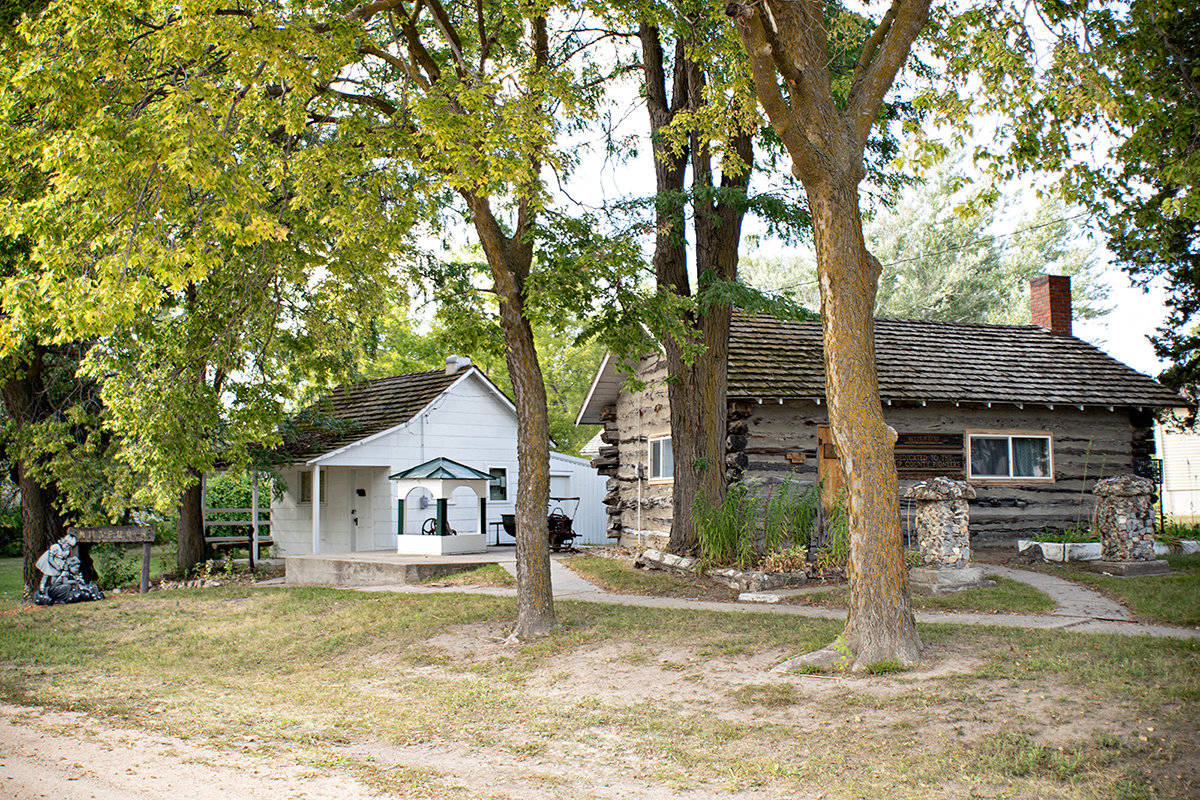
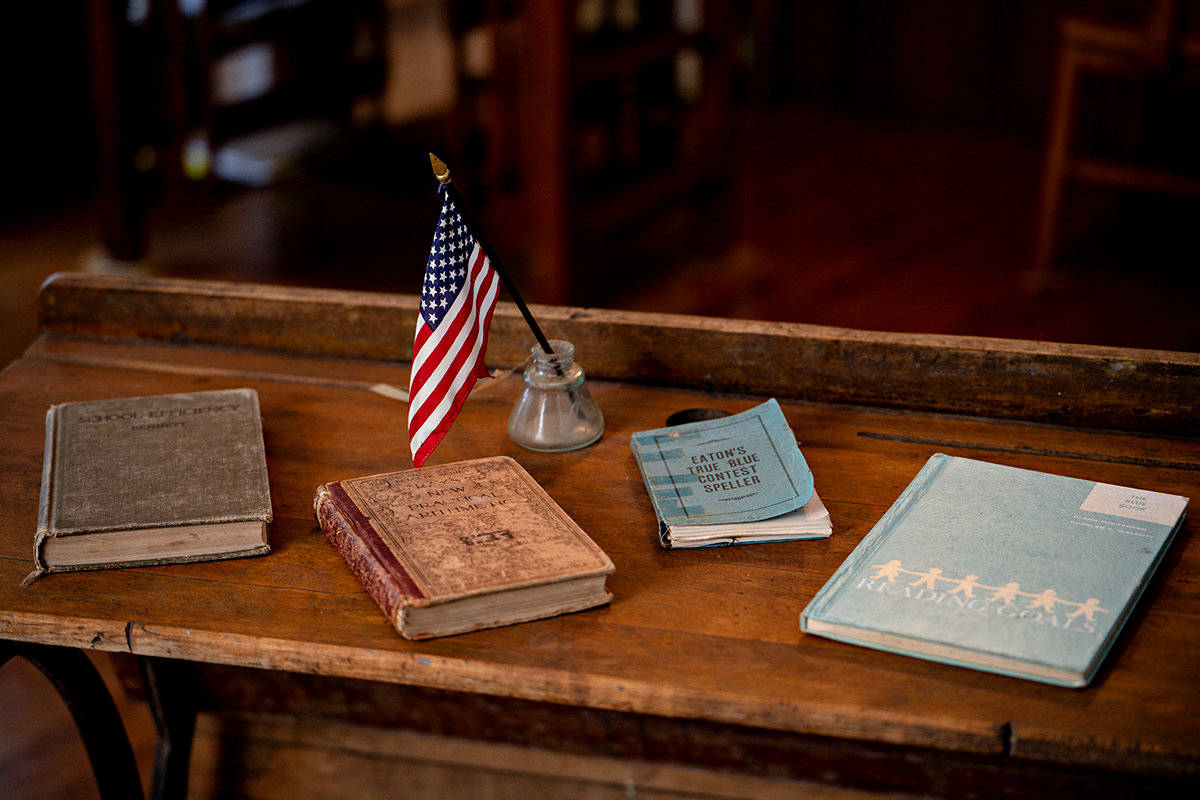
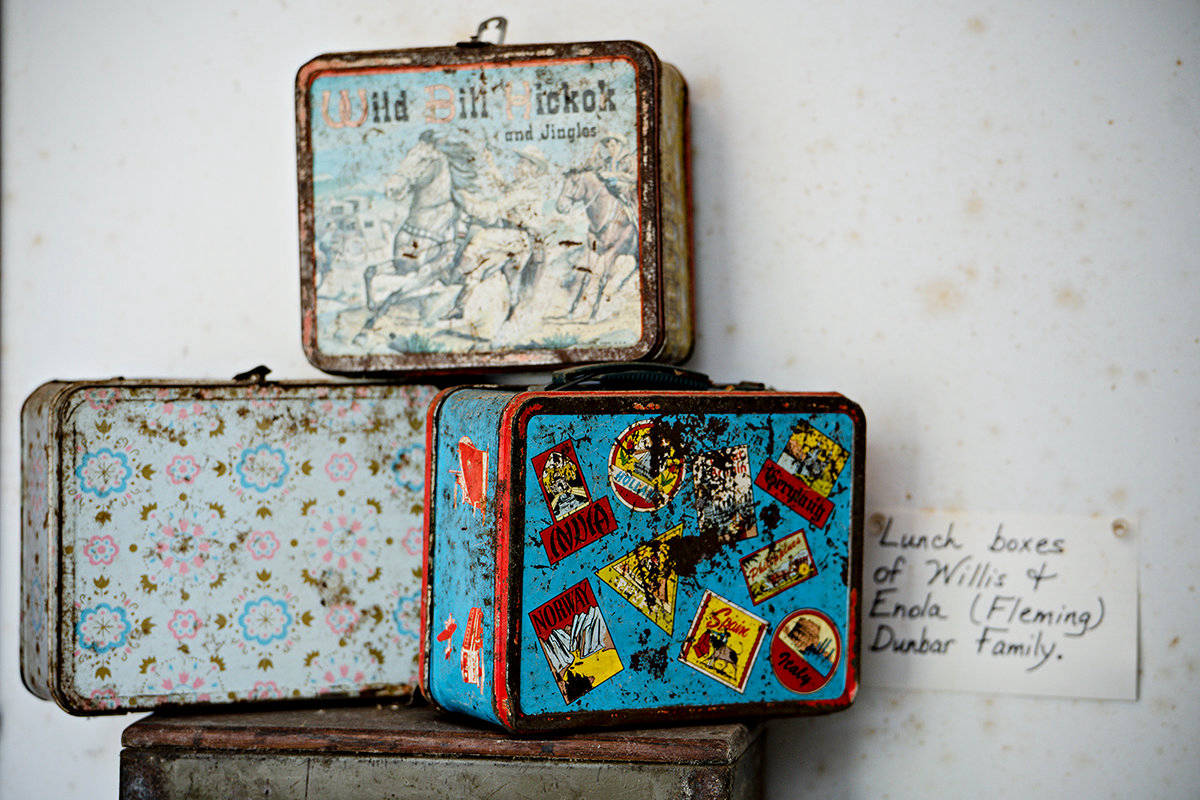
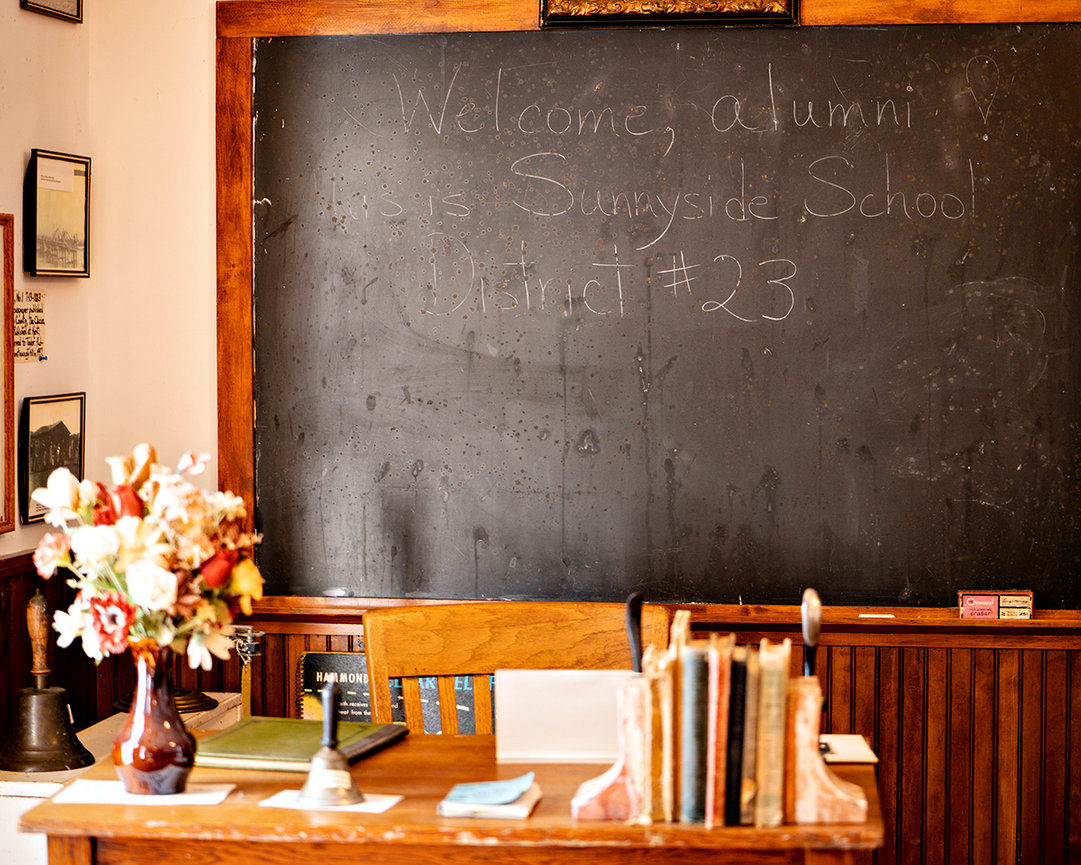

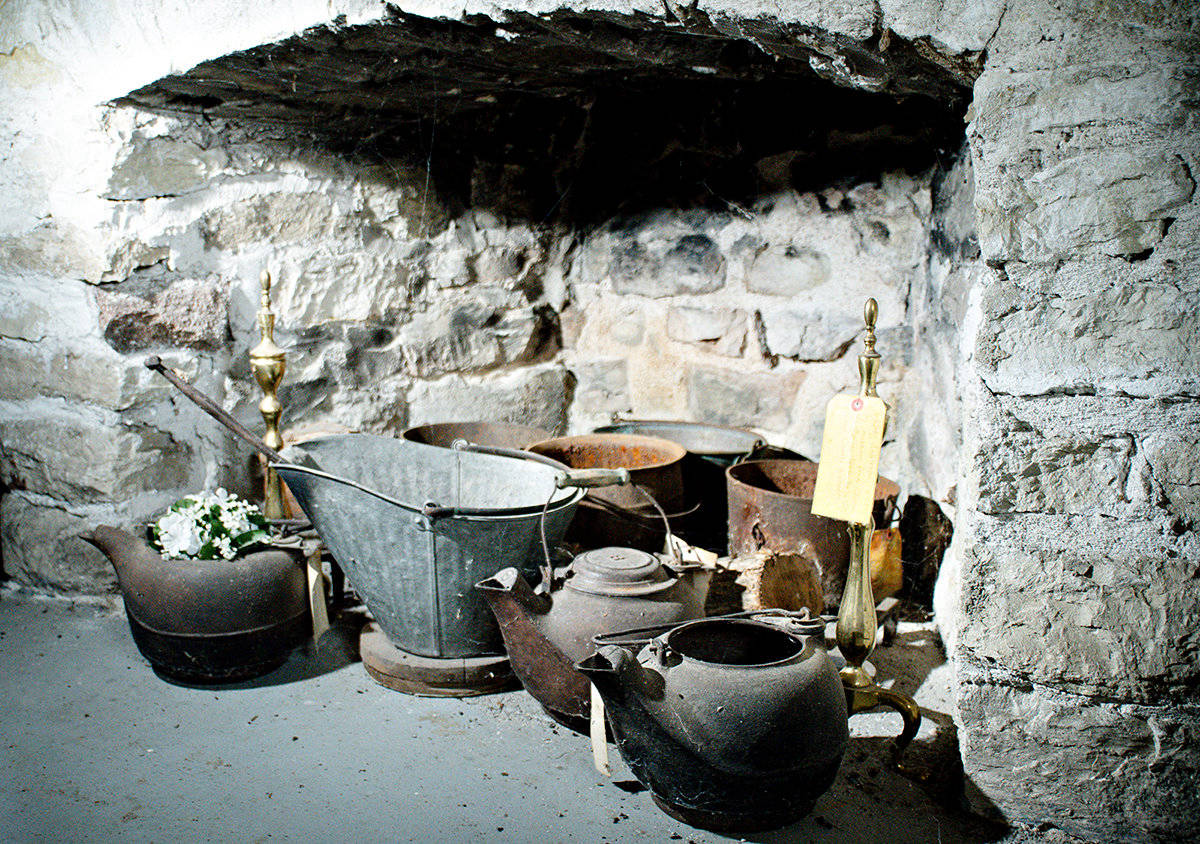
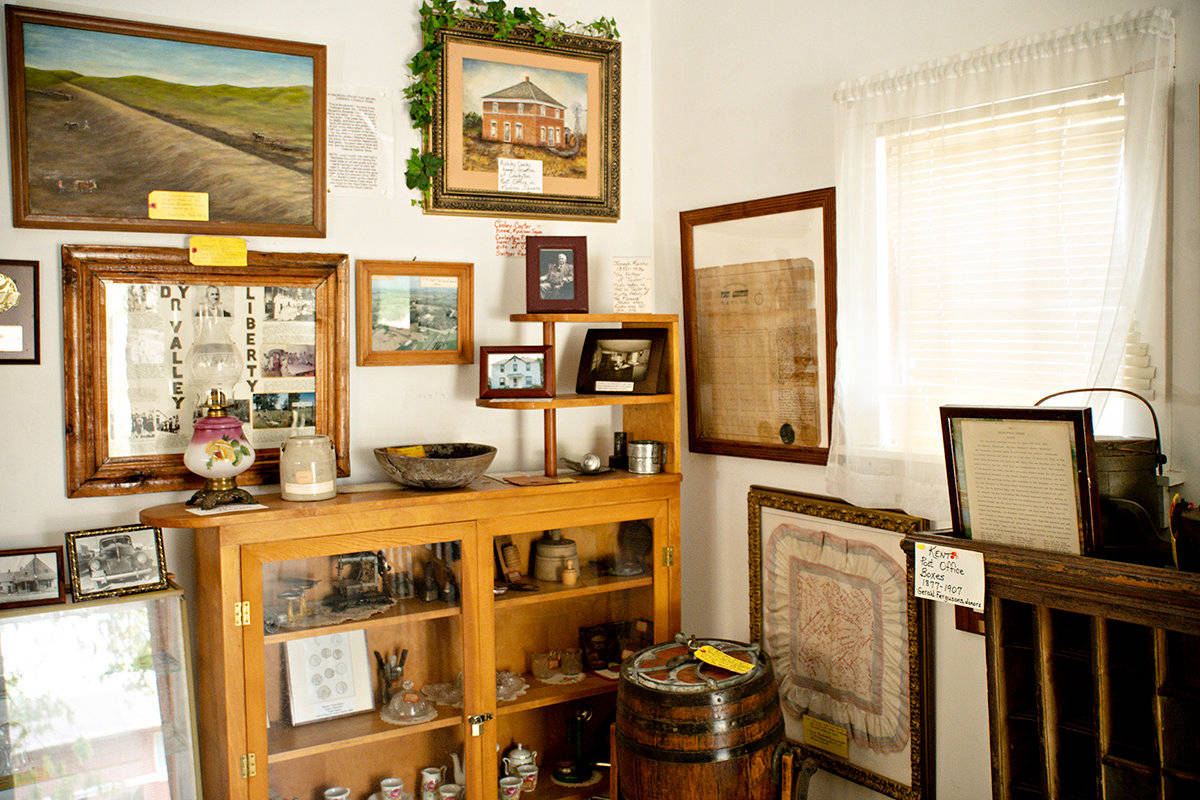
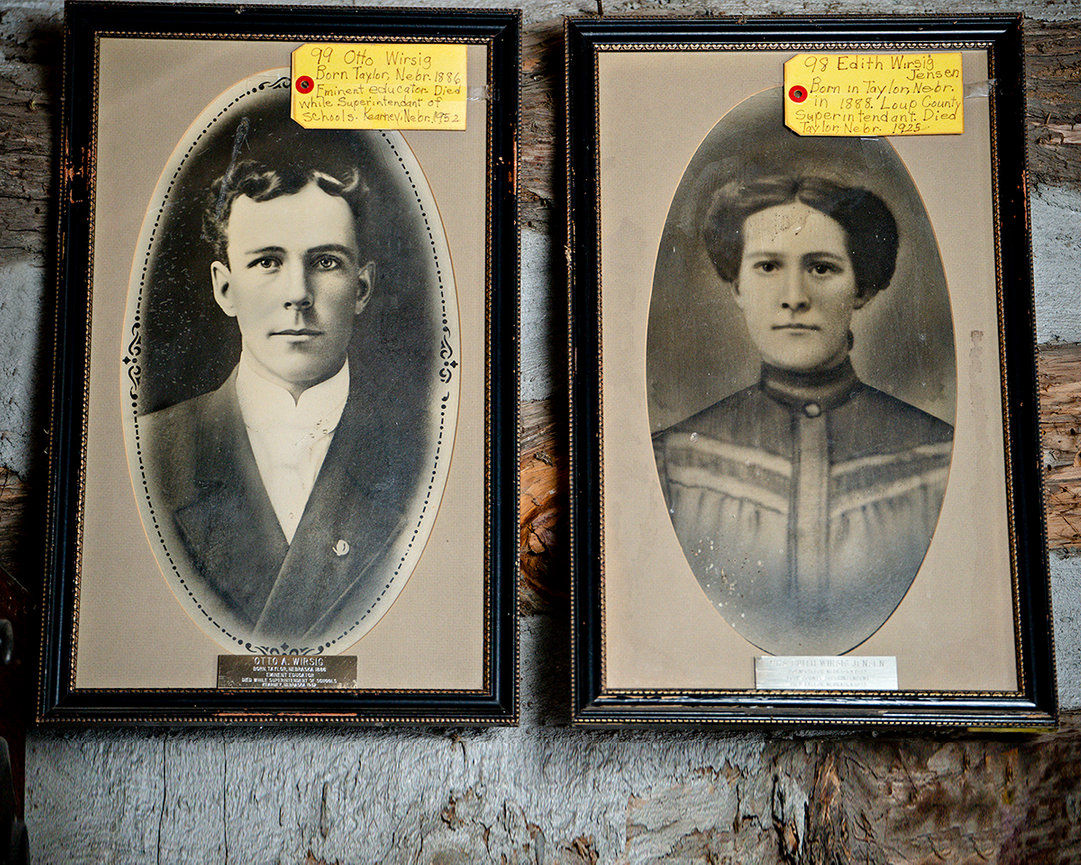
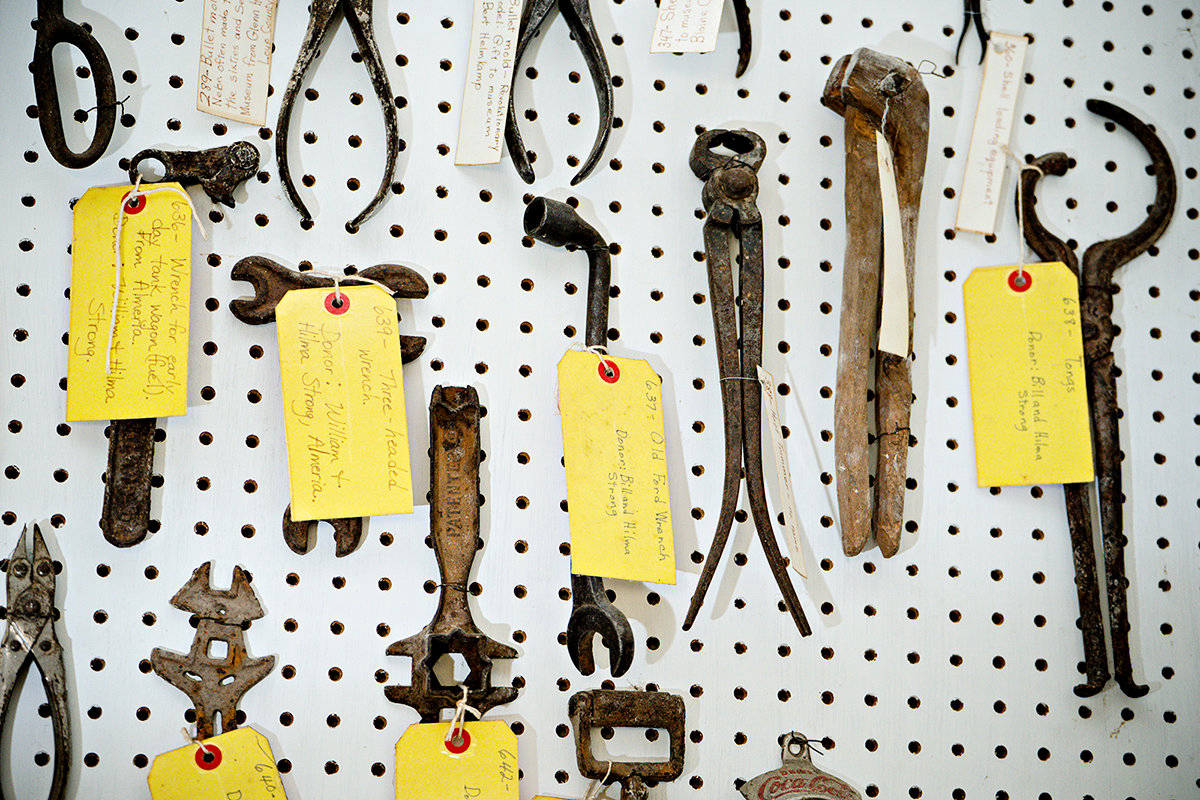
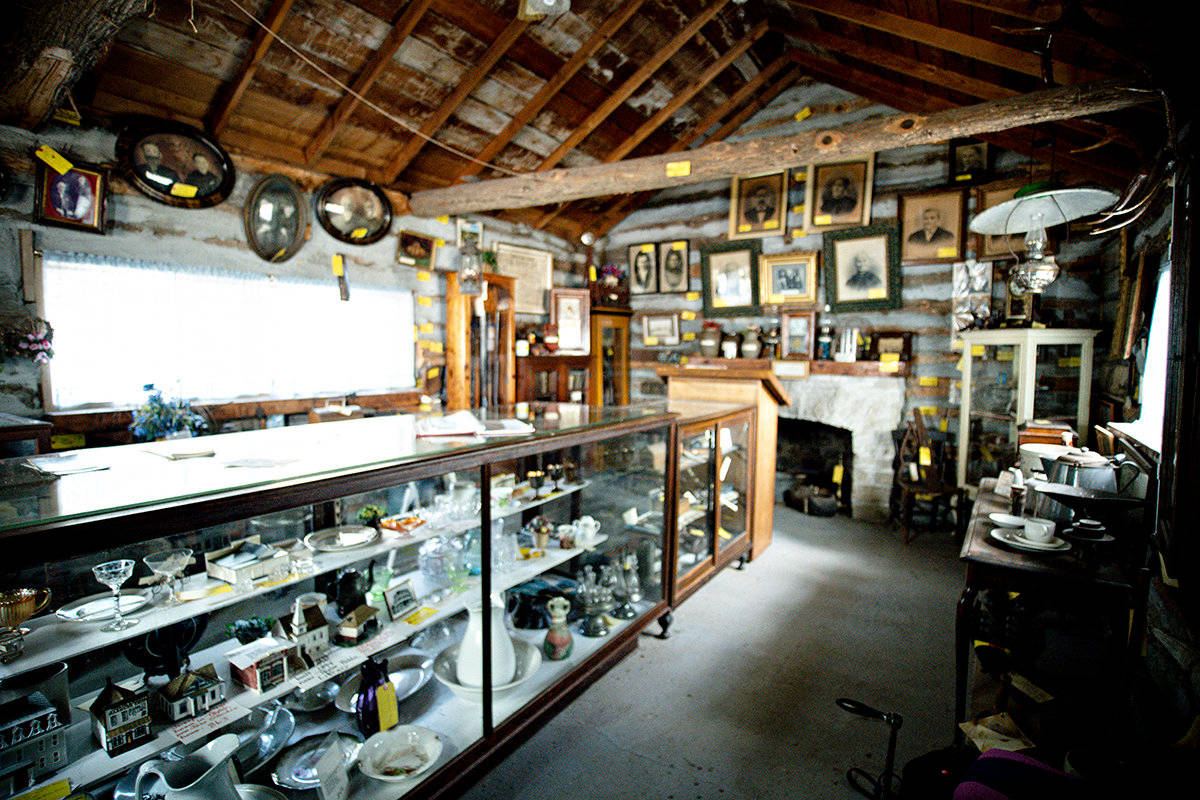
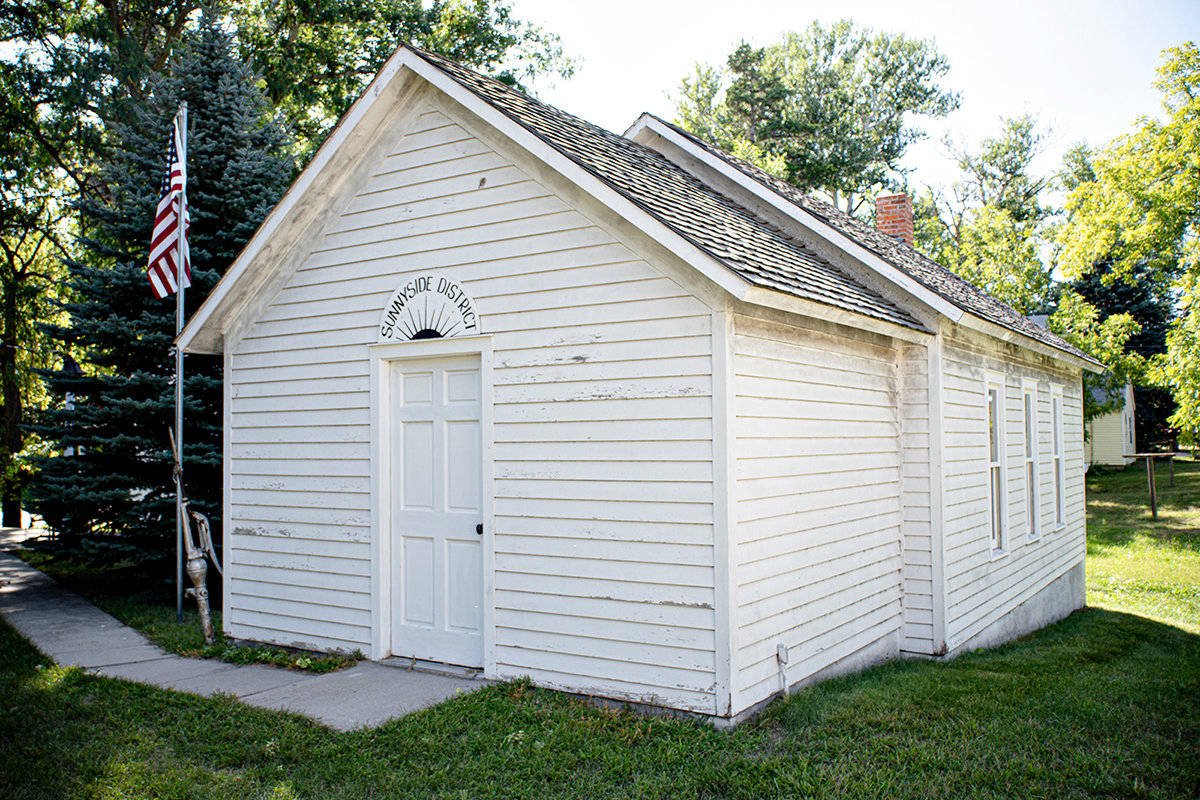
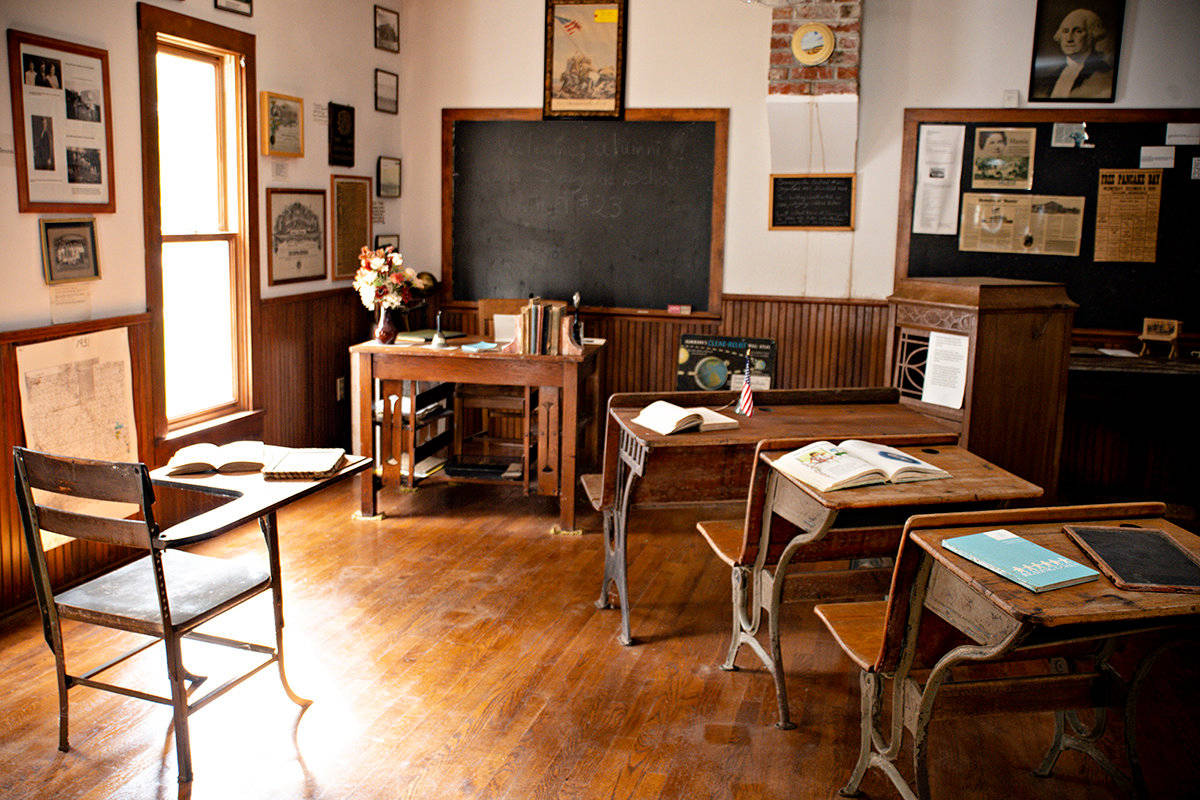
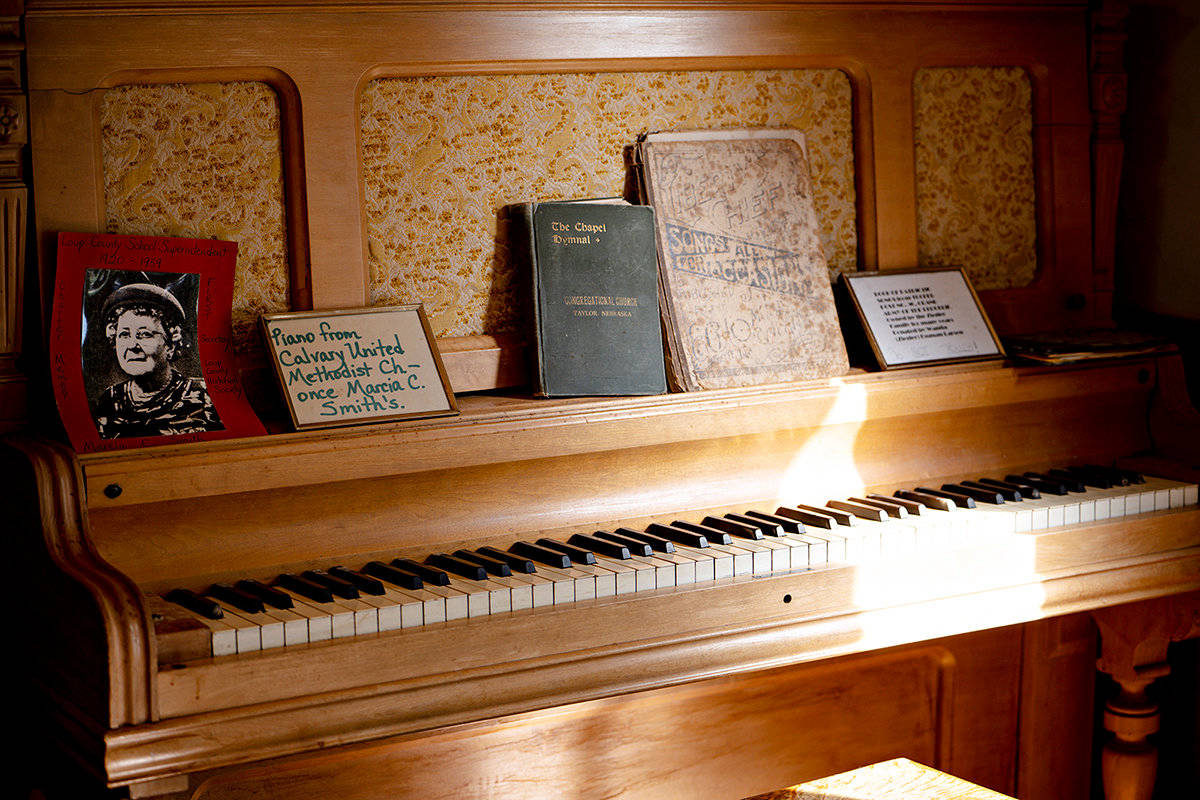
Loup County is home to several museums to explore.
The famous 'Villagers' are scattered throughout the quaint Nebraska town of Taylor.
(Excerpts taken from article by Mr. Kevin Brown published in Loup County Centennial
Book 1883-1983).
Loup County was organized in 1883. The first white men settled here sometime prior to 1873 and lived a few miles southeast of Taylor in the Sioux Creek-Kent area. The first county seat was situated at Kent but was wrestled away by Taylor shortly after in 1883.
The population continued to grow as the homesteaders arrived, particularly following the Kinkaid Act of 1904...by 1930, however, census figures had dropped significantly and have continued in that pattern.
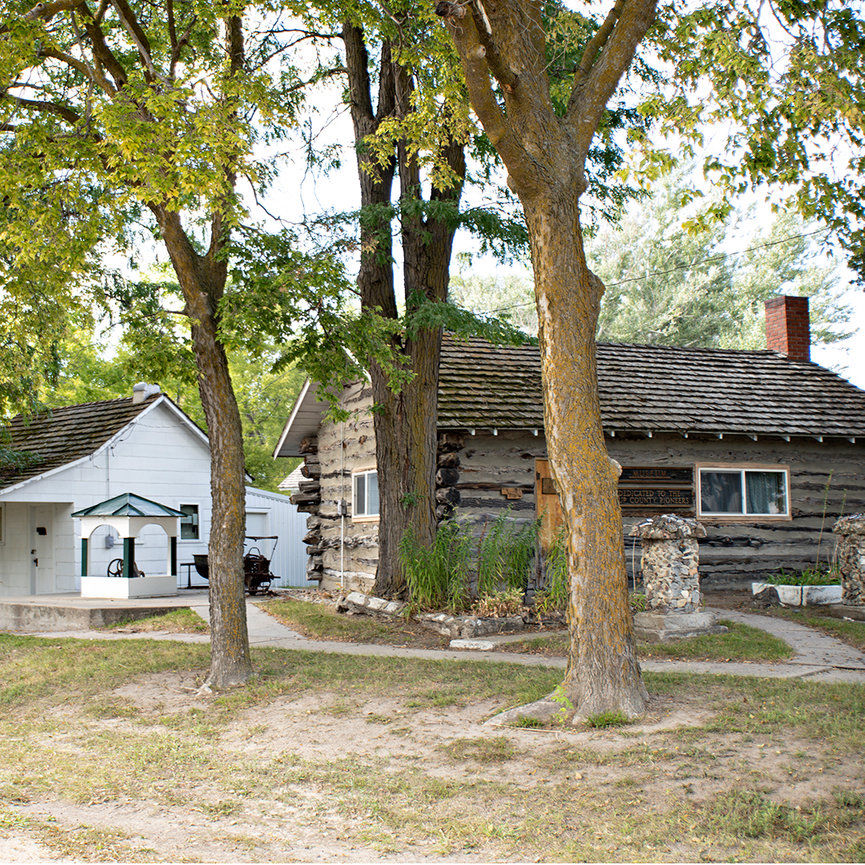
Two rivers (the North Loup and the Calamus) and two highways (U.S. 183 and State Hwy 91) are vital to the county. Both rivers are scenic at all times of the year. The name "calamus" is a translation of the Dakota Indian name, Sinke-ta-wot (food for the muskrat) which was their name for the sweet flag of calamus plant growing along the river banks. The name may also be found in the Bible.
A K-12 accredited, county-wide school operates in Taylor. Redistricting was completed in 1971 and went into effect in the fall of '72. Before that, Loup County had had up to 42 operating school districts.
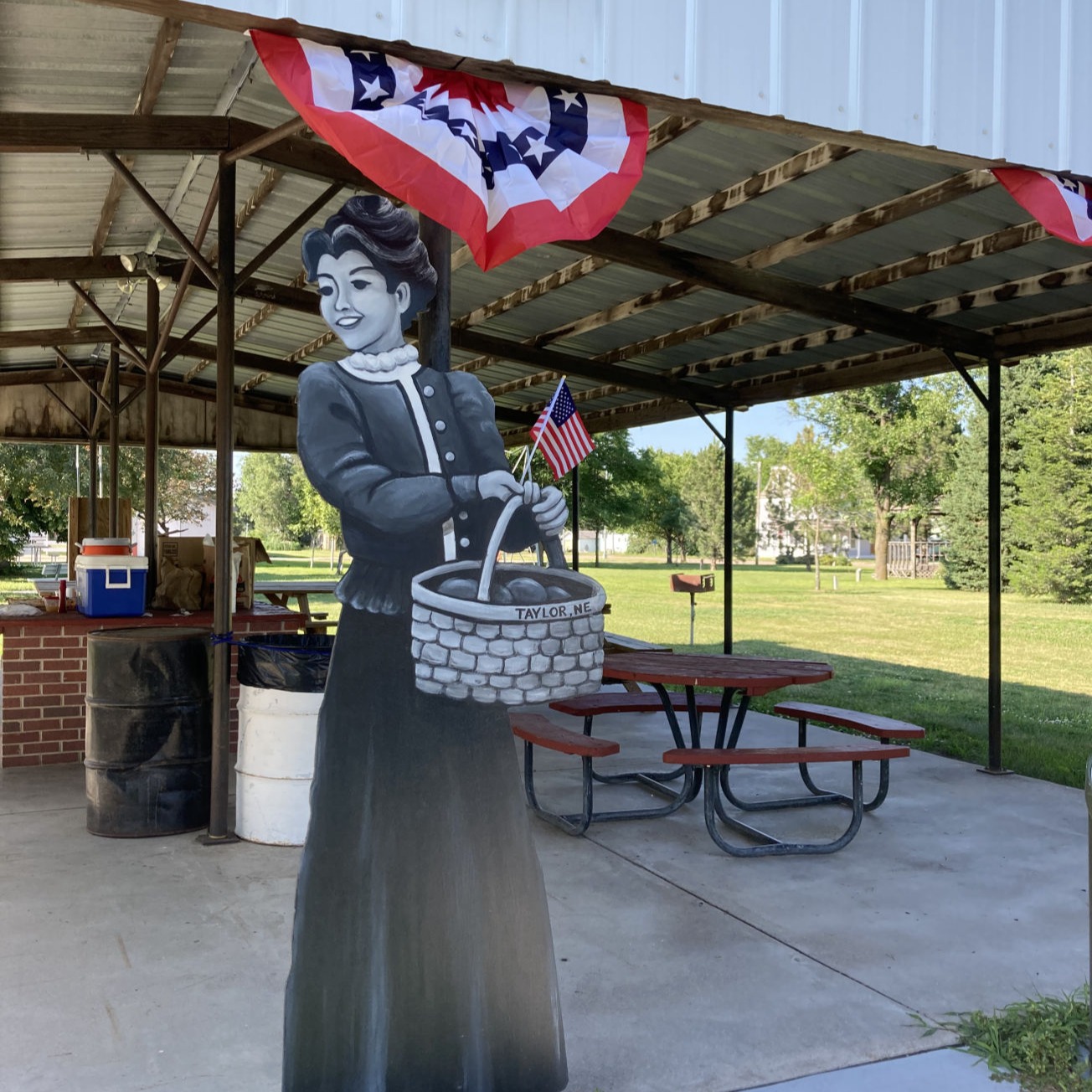
The village square at Taylor is distinctive, accentuated by ancient, shady cottonwoods in the central park. Most of the year the town is rather quiet, but when Loup County Fair time rolls around in Mid-August, the county seat becomes a whirlwind of activity.
Loup County is totally agriculture oriented, both in farming and ranching. Fine cattle of many breeds can be found at any number of large and small ranches. Loup County's Centennial was impressively observed in 1983....Some of the friendliest Nebraskans to be found in the state call Loup County home.
For more information contact the Loup County Historical Society.
(Excerpts taken from article by Floy Fletcher published in Loup County Centennial Book 1883-1983)
Joseph Rusho is sometimes referred to as the father of Taylor. It was on his land that he and his wife Josephine had purchased from Melissa Murry in 1881, that the original Town of Taylor was surveyed and platted in October 1883. We are told that Joseph Rusho felt "Rusho" or "Rushoville" would not seem a suitable name for this community so he had had it named "Taylor", for a homesteader friend, Edward H. Taylor.
After the establishment of the County seat in Taylor, Rusho provided temporary space in his home for court house purposes; later the Witt's store was utilized. On June 5 1884, Mr. Rusho offered the County Block 10 in the town site and $1,000 to be applied on the construction of a Courthouse...this building was used almost continuously until 1958.
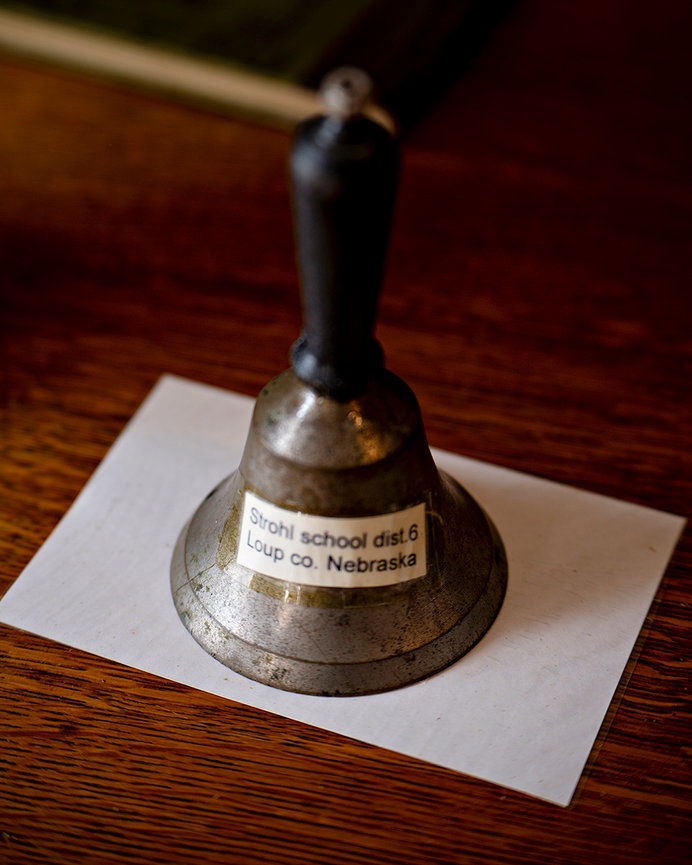
In 1884 high school subjects were offered by the Taylor school but this school was not accredited until 1922. In 1905 the Bank of Taylor was organized and the present brick building built in 1914, and remodeled several times since. In 1917 the hitching chains and posts were removed from around the Public Square and moved to the side streets so cars could be parked there.

March 1, 1954 Rodeo Telephone Membership corporation was given a franchise to install telephone lines and telephones in the Village of Taylor. In the fall of 1963 the Town's sewer system was installed.
We are fortunate to have fire and ambulance services with trained personnel here in town, along with Region 26 for rapid communication.
For more information contact the Loup County Historical Society.